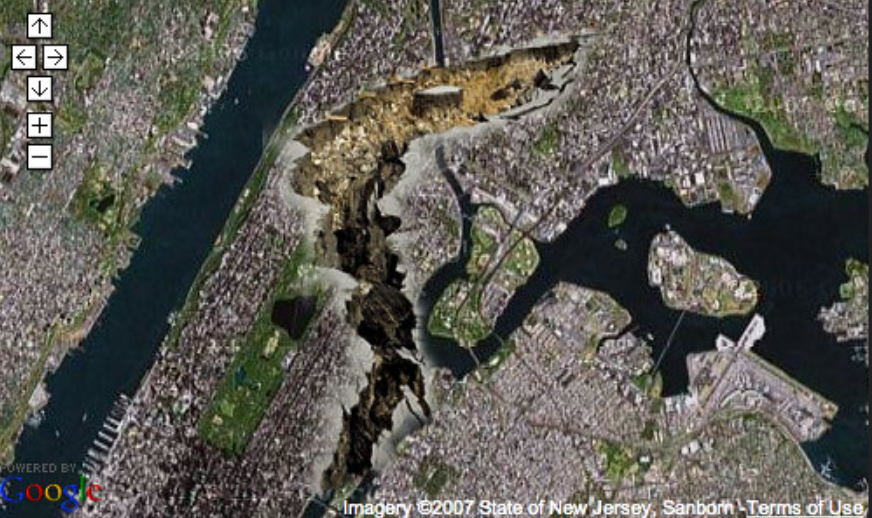Earthquakes are always a surprise, no amount of seismic monitoring can predict them with any exactitude, but the 4.8 magnitude earthquake that struck the New York metropolitan area on April 5 was more so than usual, as earthquakes of this size are relatively rare in the region. Fortunately, there was no widespread damage and no casualties, other than a jolt to the confidence of its population, but it has nevertheless spawned some crucial questions about the infrastructure of a city that is known for its multitude of some of the tallest buildings on earth.
The earthquake prompted inspections of infrastructure and led to some temporary disruptions in transportation as a precaution. It left many residents wondering how the city’s buildings would fare under stronger seismic waves.
Engineering experts have reassured the population. According to these experts, New York City’s glass towers and luxury steel skyscrapers, which can be over 1,000 feet tall, are actually at much lower risk of sustaining damage or collapsing during an earthquake than the city’s older buildings.
“I have total confidence in high-rise buildings in New York,” said Eric Cowley, president of Cowley Engineering.
The city’s building codes were amended in 1995 to ensure that new construction or any significant upgrades are designed to make buildings earthquake-resistant and minimize the probability of collapse, which is the biggest cause of death during temblors.
“The more modern seismic codes in this country came after the Northridge and Loma Prieta earthquakes in California,” said Chris Cerino, president of the National Council of Structural Engineers Association and senior structural engineer at STV, a structural engineering firm. Those earthquakes happened in 1994 and 1989, respectively.

Cowley said newer buildings are much lighter and must adhere to building design codes requiring them to have a “seismic gap,” or a certain amount of distance from other neighboring buildings.
“So the building can wiggle and not bang the building next door,” Cowley said. He added that the gap is determined by many factors, such as a building’s height, the type of soil it’s built on, and its foundation’s capacity to remain intact. This may come as a surprise to many who look up and see that these ultra-high buildings seem to be right up against their neighbors.
Cerino explained that the newer buildings are meant to sway, and that’s a good thing: the design that makes them wind-resistant also makes them earthquake-resistant, he said.
“Like a tree, you want your tree to sway and not hit another tree to impart force on each other. You want it to just sway in the wind and dissipate the energy naturally,” he said. “You should be more concerned if your building is not swaying because then you’re not dissipating the force, especially when you’re in a high-rise, it has to sway to relieve the forces and perform as designed. Nothing can be rigid and that tall.”
That may be reassuring if we consider the newer constructions, but what about the nearly 1 million buildings that were built between the mid-1800s and 1930s, before design codes were amended to account for seismic activity?
Among those, there are more than 200,000 multi-family, unreinforced brick buildings that are particularly vulnerable to earthquakes, according to the city’s hazard plan. Brooklyn has the largest share of these buildings, followed by Queens and the Bronx. The plan said these buildings aren’t designed to bend, flex or absorb forces and are more at risk of damage or collapse.
“Prewar buildings typically have structural steel frames that are encased in concrete. Those are heavy, but short,” Cowley stated. But he said damage remains of minimal concern for 4.8 magnitude earthquakes or others within that range.
“Your biggest worry would be maybe some step cracks in the facade of a building, maybe some broken or ornate things,” he added. “The brittle sections on a prewar building would be the things that are brittle to begin with: terracotta, cornices, that kind of stuff.”
Brownstones also have some weak spots that might cause concern. Cerino explains that many of them have wood flooring that is pocketed into the wall. But even in this respect the concern is minimal, as it would take a stronger earthquake than a 4.8 to cause significant damage.












